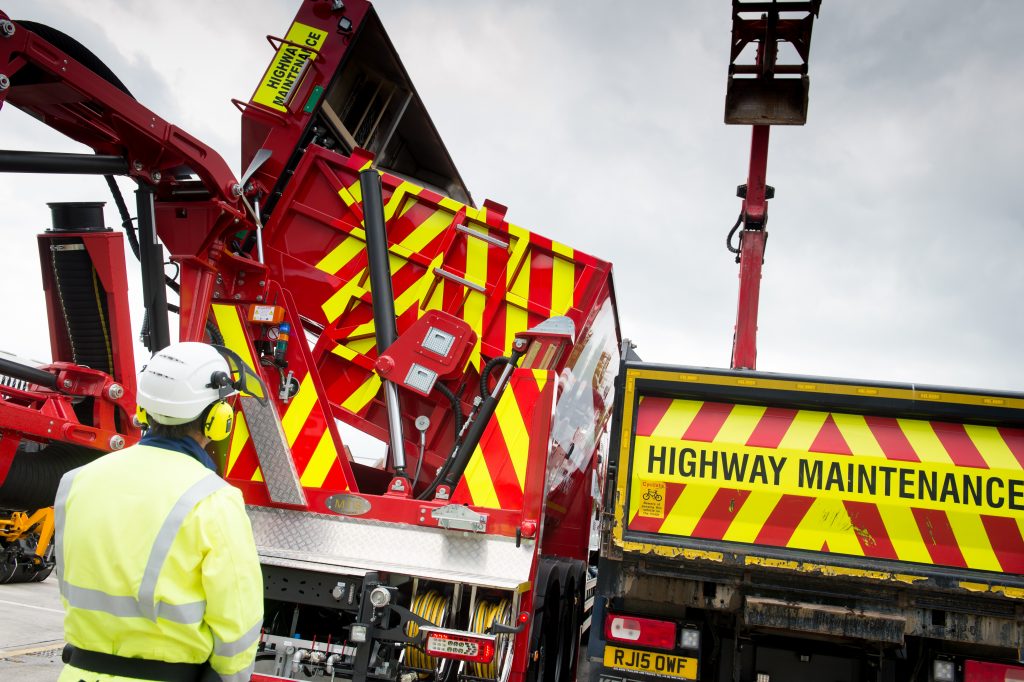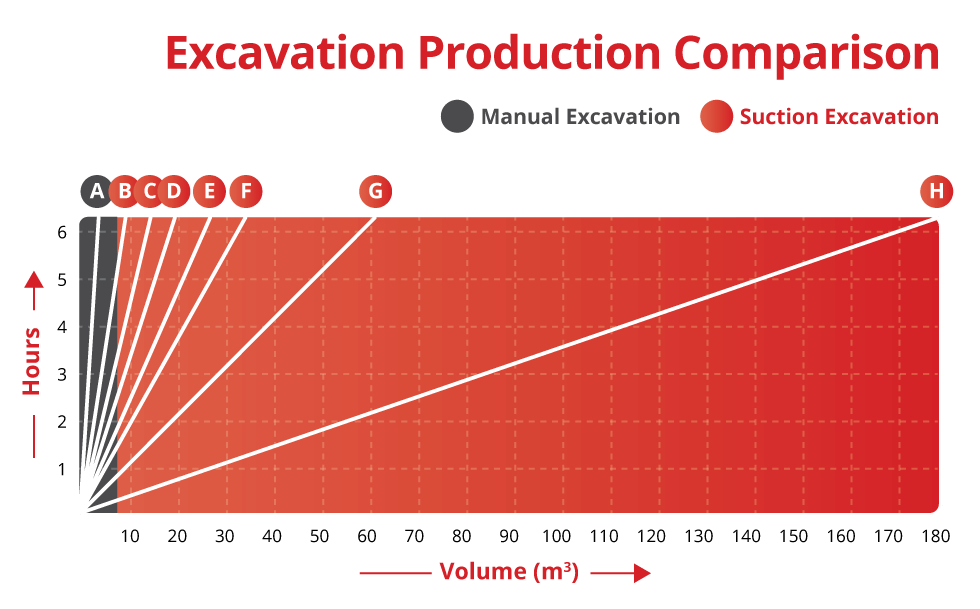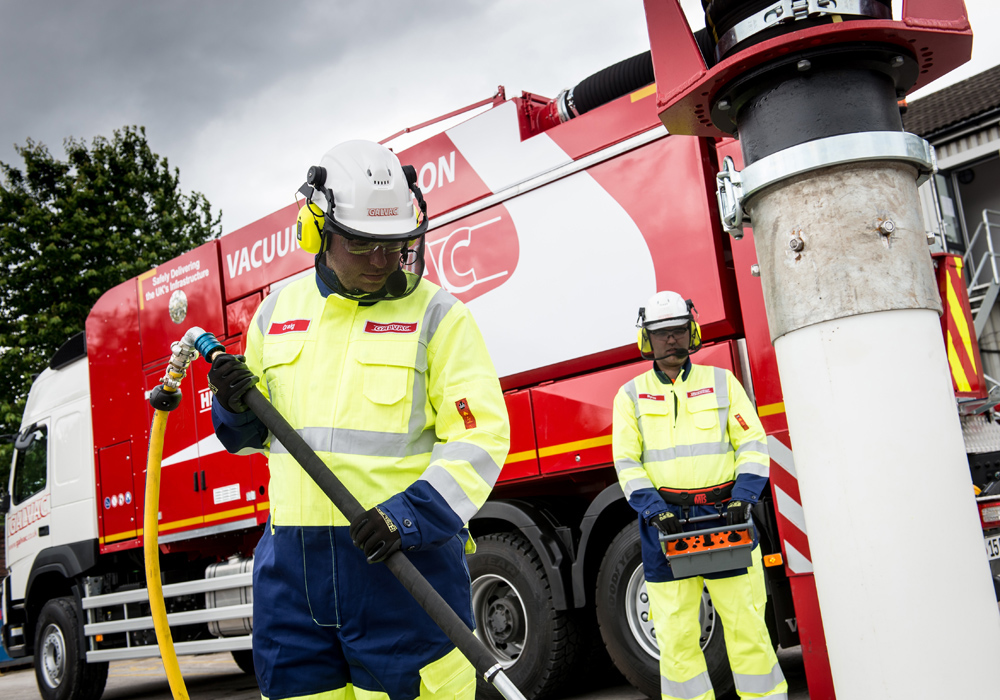Galvac is a leading provider of operated vacuum excavation equipment to the construction and utilities industries
Vacuum excavation is a safe and cost-effective alternative to conventional excavation methods.
Although often used in proximity to live utilities to minimise damage and ensure safety, vacuum or suction excavation has a wide range of applications and our experienced team have worked on a variety of contracts nationwide.
Available 7 days a week, 24 hours a day, contact us today to discuss your requirements.


Our vacuum excavation fleet
Galvac operate five 26 tonne MTS Dino 3 vacuum excavators and two 39 tonne Dino 5 excavators, one of which is a high tip and one a triple fan.
With this range of vehicles, we can offer skip capacities up to 12.9 cubic metres and carry out excavation from up to approximately 250 metres, making them suitable for a variety of tasks.
As part of P.P. O’Connor Group Limited, an established civil engineering, bulk earthworks, remediation and demolition specialist, we have extensive experience in the utilities and construction sectors and each vehicle is supplied with an experienced two man operator team.
What is the cost of a service strike?
- Time
- Cost
- Repair
- Reputation
- Life

A) Manual excavation, normal soil conditions, presence of buried pipes and cables: < 1 cubic metre of material removed per 6 hours
With Suction Excavation –
B) Heavy soil, presence of buried pipes and cables: 10 cubic metres of material removed per 6 hours
C) Dry and heavy soil: 15 cubic metres of material removed per 6 hours
D) Wet and heavy soil or clay: 18 cubic metres of material removed per 6 hours
E) Moderately heavy soil, presence of buried pipes and cables: 24 cubic metres of material removed per 6 hours
F) Muddy soil, gravel and crushed rock: 36 cubic metres of material removed per 6 hours
G) Sandy soil: 60 cubic metres of material removed per 6 hours
H) Water: 180 cubic metres of material removed per 6 hours
Vacuum excavation allows ground investigation without the risk and restraints of traditional methods
Vacuum excavation is particularly suitable where live utilities are being exposed as we are able to work around cables and pipework without causing damage.
Environments such as petrol station forecourts, fuel terminals, gas AGIs, power stations and petro-chemical plants also lend themselves to suction excavation techniques, where more traditional invasive methods would pose a threat to the safety of workers as well as being time-consuming.

